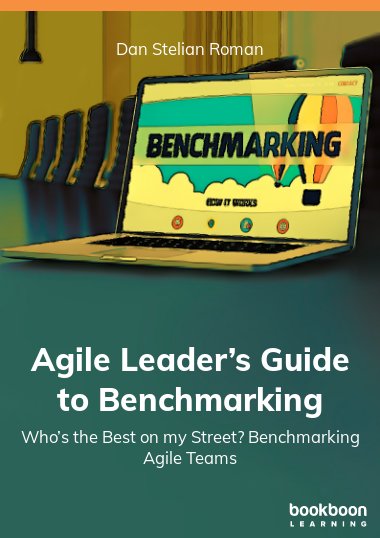Agile is presented by many Trainers and Coaches as a siler bullet, the approach that will solve all the problems related to product development. Created to improve flexibility adaptability needed to respond fast to changes in the Business environment, Agile is still in its infancy in software development. The success in the company that embraced Agile in early 2000’s and even before had created the perception that Agile is the best way to create products and services. That may be the case for many organizations but it should always be validated to avoid disappointment and waste of time and resoures.
About the Author
Dan is an experienced Project Manager with over 35 years commercial experience. He started his career as a specialist in Computer Aided Design and Manufacturing (CAD/CAM) following his involvement in research during university studies. After a successful career in research when he also published articles and books on various topics, mainly Computer Aided Design & Manufacturing and Computer Graphics he managed large development teams and then moved to Project Management and is now specialized in Business Transformations Projects.

